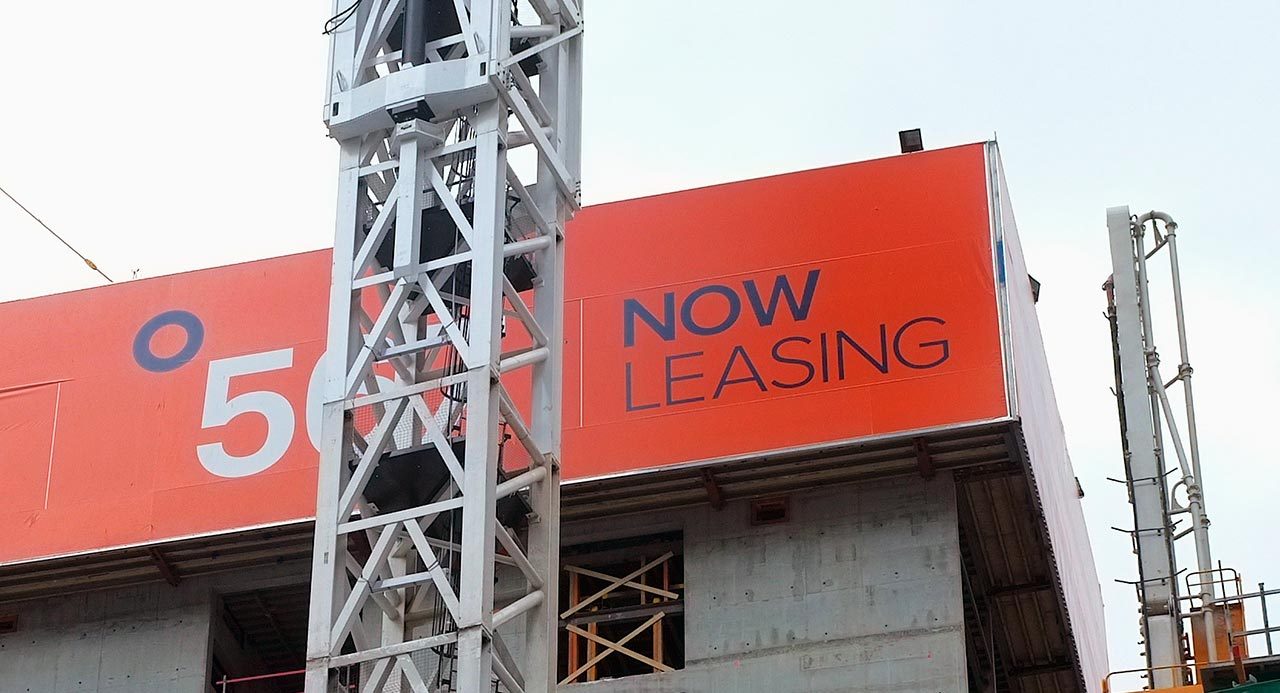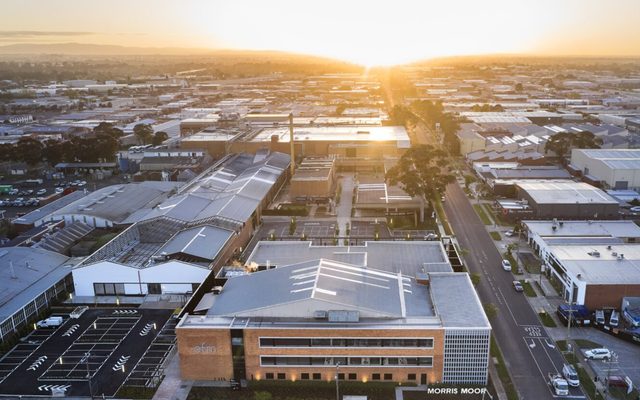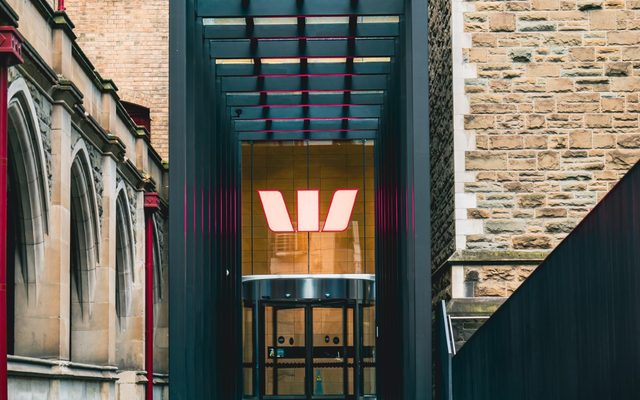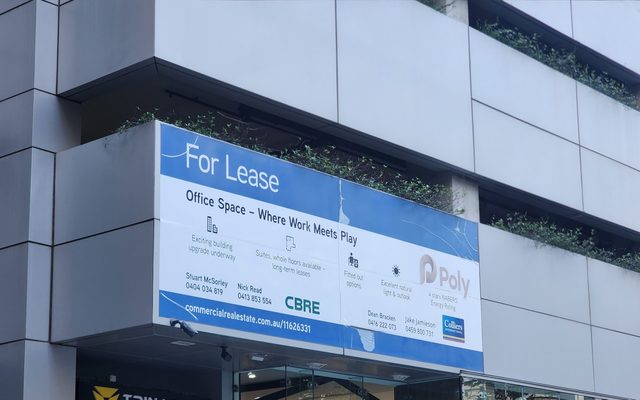This article is from the Australian Property Journal archive
THE average office lease length across Australia’s workplaces has been slashed by 28% since prior to COVID, according to new data from Re-Leased, although the dynamic presents some opportunities for landlords.
Average office leases were being struck at 41.4 months – almost three-and-a-half years – in the first quarter of 2019. But COVID and lockdowns emptied CBDs and forced a rethink of how and where people used their working hours, and in the March quarter this year the average lease length was 29.5 months, or just under two-and-a-half years.
The data from the commercial property management platform also highlights a jump in the demand for short-term leases of up to 12 months.
In Q1 of 2019, office leases of 12 months or less made up 18% of all leases. In Q1 2023, those leases accounted for one third of all leases.
Leases of at least three years accounted for almost a third of leases in early 2019. Four years on, that has dropped to just 16%.
Tom Wallace, CEO of Re-Leased, said there are a number of forces driving the increased demand for shorter, more flexible lease terms from businesses.
“While the pandemic is now in the rear-view mirror, companies are still determining what their office requirements will be in this new world of hybrid work. Given this uncertainty, there is a clear reluctance to commit to a long-term lease, especially with the rise in flexible office providers.
“However, this creates a great opportunity for landlords to respond to changing demands by offering simpler short-term leases which streamline negotiations and minimise the need to offer incentives. This responsiveness not only gets them a better return on the space, but it also helps to keep renewal rates high.”
But the commercial real estate market has seen the structural uncertainties around how we work in a different way, with office building values expected to come down – and keep coming down.
Dexus saw 7.7% wiped off the value of its office towers after sales of major Sydney towers well below book value, while Charter Hall has had 3.7% had been cut from the value of its office portfolio.
The Property Council of Australia’s CBD office occupancy data series that ran throughout the pandemic came to end in February this year. It showed Perth and Adelaide with the highest occupancy rates at 81% and 80% respectively, followed by Brisbane (74%) and Sydney (61%).
Melbourne, which struggled with more and heavier lockdowns throughout the pandemic, typically lagged all other CBDs and was at 47%. Canberra was at 46%.




